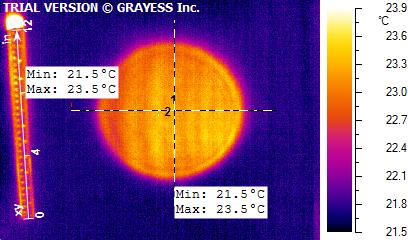J. Kissel I've resolved issues identified with the ETMY GND STS storage in the frames, originally identified in LHO aLOG 12818 -- the channels H1:ISI-GND_STS_ETMY_X_DQ H1:ISI-GND_STS_ETMY_Y_DQ H1:ISI-GND_STS_ETMY_Z_DQ are now properly recording the ground STS2 as the rest of the STS2s on site. Details: At the end stations, the STS2s are piped directly into an AA chassis, as opposed to the corner where there is an analog distribution box in which there enough spigots to swap cables around such that the three STSs enter the ADC in an arbitrary order (see D0901301). However, internal wiring of the STS2 Interface Chassis, spits out the X, Y, and Z, channels out on its DB15 such that when piped directly into the AA chassis, skipping the STS Distribution Chassis, it comes in on ADC3 channels 23, 24 and 25. In the the corner, ADC 3 channels 23-25, 24-26, and 27-29 are piped into the common front-end model library part for the BSC-ISI, isi2stagemaster.mdl, as STSA, STSB, and STSC, respectively in that order. At EX, in order to get the GND STS which comes in on ADC3 23-25 to map to STSB, the top-level model has been re-arranged to get ADC 23-25 into STSB. This had not been done at EY. That's now fixed.
Thanks for implementing this! It's very useful to have the science frame version of these channels reading data.
I did a quick comparison of one DOF (Z) to the rest of the LHO STS2s for a time a couple hours later and it looks like we're off by a gain of 10 - see attached png.















